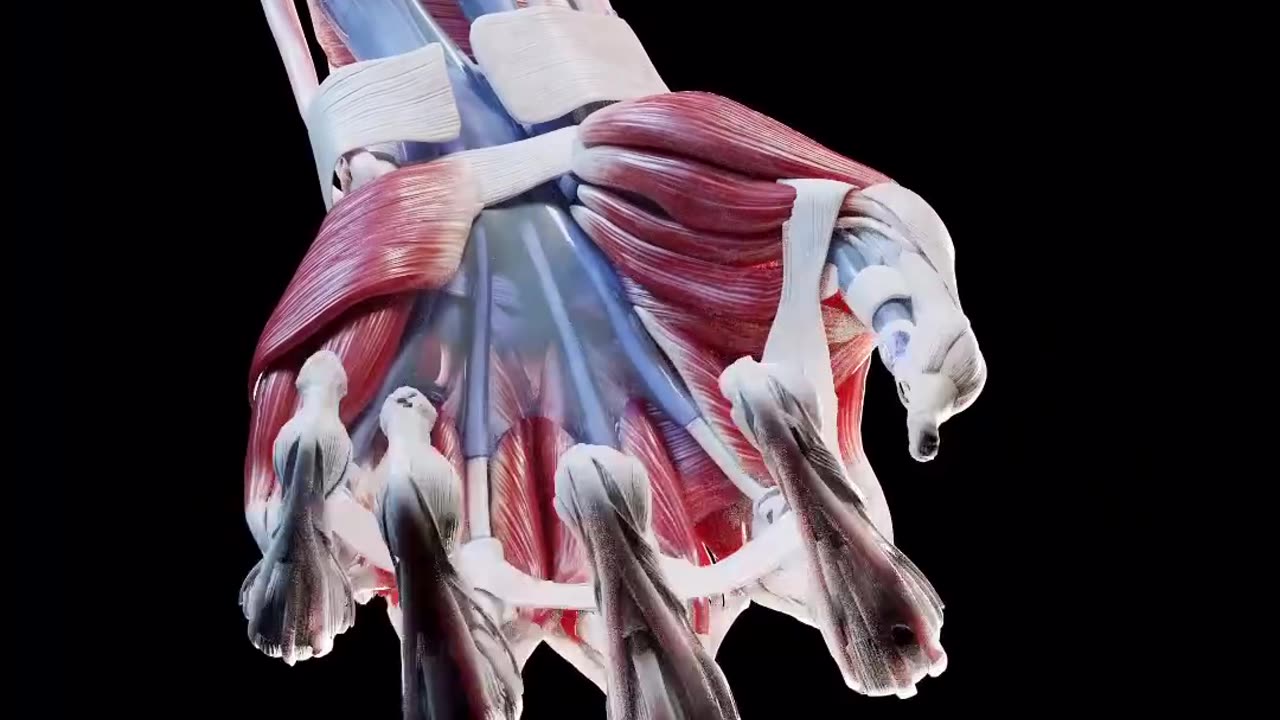Premium Only Content

The human hand Anatomy
The human hand, the most distal part of the upper limb, is a remarkable feat of engineering and evolution. It is strong enough to allow climbers to tackle any mountain, but also sufficiently precise for the manipulation of some of the world’s smallest objects and the performance of complex actions.
The hand itself consists of specific bones onto which various muscles are attached, and a collection of neurovascular structures responsible for drainage and innervation. However, the intrinsic muscles of the hand are only partially responsible for all its range of motion. The other major contributors are actually the forearm muscles, which project tendons towards the hand via an equally complex and flexible anatomical structure, called the wrist.
The muscles of the hand consist of five groups:
Thenar muscles
Hypothenar muscles
Lumbricals
Palmar interossei
Dorsal interossei
-
 14:52
14:52
Film Threat
20 hours agoTHUNDERBOLTS* RE-REVIEW | Film Threat Reviews
5643 -
 11:43
11:43
ariellescarcella
18 hours agoWoke Trans Woman Attacks Me & Looks DUMB
2158 -
 10:48
10:48
GBGunsRumble
9 hours agoGBGuns Armory Ep 139 Rost Martin RM1S
573 -
 1:21:14
1:21:14
Badlands Media
1 day agoDevolution Power Hour Ep. 351 Live From Plymouth
173K68 -
 1:18:58
1:18:58
The Connect: With Johnny Mitchell
16 hours ago $21.45 earnedThe Terrifying Rise Of The Nuevo Jalisco Cartel-- Mexico's Most Powerful Criminal Organization
62.8K13 -
 15:22
15:22
Forrest Galante
11 hours agoPrivate Tour of the World's Largest Pond Facility
64.2K21 -
 LIVE
LIVE
Boxin
3 hours agoTomb Raider I (Remastered) Im Back!
133 watching -
 51:38
51:38
Man in America
19 hours agoSINISTER: Cartel Child Trafficking Network Exposed by Investigative Journalist w/ Hollie McKay
70.2K27 -
 3:05:12
3:05:12
DLDAfterDark
11 hours ago $12.30 earnedDLD Live! What is "The Best" Camo For Your Gear & Equip??
48.6K5 -
 33:13
33:13
Beach Broadcast
17 hours ago5/3/2025 - Trump Effect and Comms! Big week ahead!
64.1K60